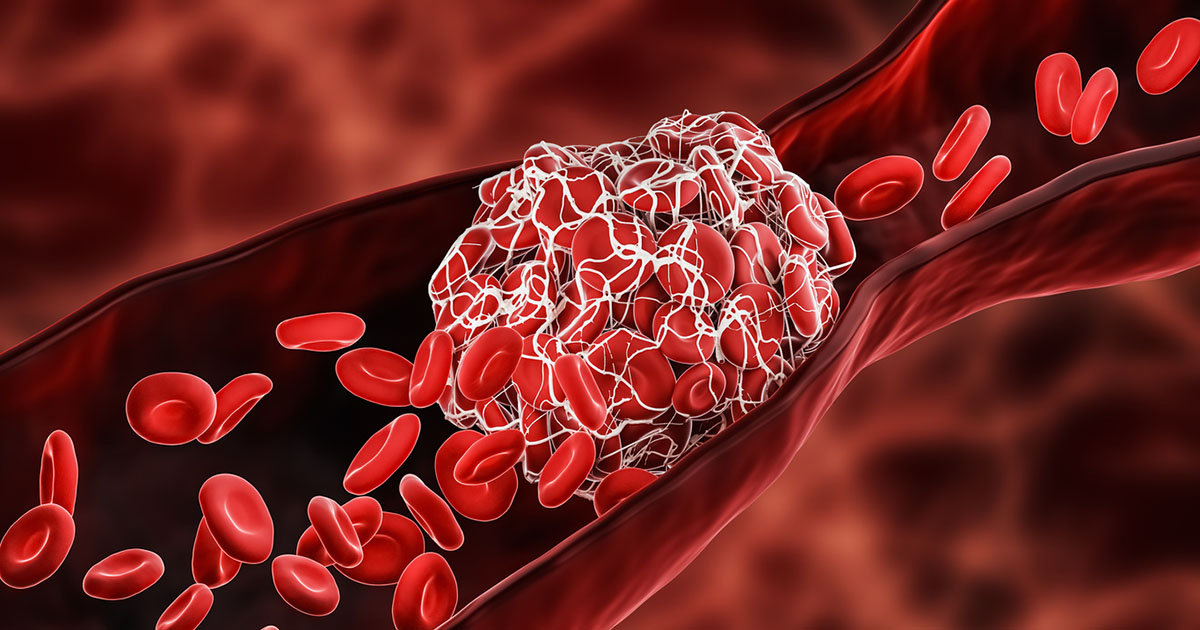There are many different preparations of insulin available, and the choice of which to use for someone with diabetes will depend on a number of factors. These include what type of diabetes they have, how regular or erratic their lifestyle is, their ability to give themselves injections, and whether there is a specific insulin delivery device that suits them more than another. This section provides information on the different types of insulin available, their actions, and when they would be likely to be used in adults with diabetes. Animal insulins are discussed separately.
Rapid-acting insulins
Rapid-acting insulins are insulin aspart (NovoRapid) and insulin lispro (Humalog), which are currently the fastest acting insulins available. They are clear solutions and start to act within 5–15 minutes of injecting. Most of the insulin will be used up within 2h. They are insulin analogues, which means they are the new generation of shorter acting insulins. Rapid-acting insulins can be used either in combination with longer acting insulins (intermediate or long acting) or on their own as a continuous subcutaneous insulin infusion via an insulin pump.
Rapid-acting insulins are injected at mealtimes and possibly at other times if extra food is eaten. Also some people with type 1 diabetes are taught (through attending education sessions) to give additional injections to correct high blood glucose levels. If rapid-acting insulins are used in a mixture with longer acting insulin they are injected twice a day. In an insulin pump, these insulins are infused continuously and additional doses are programmed at meal times and to correct high blood glucose levels.
The biggest advantage of this type of insulin is that it can be injected immediately before a meal, during a meal, or immediately after. Also, because it wears off relatively quickly, it can mean that snacks are no longer needed between meals.
Short-acting insulins
Short-acting insulins are clear solutions, and include Humulin S, Actrapid, and Insuman Rapid. They start to act within 20–40 minutes of injecting, which means that they need to be taken this length of time before a meal, and their effect lasts for about 6h.
Until rapid-acting insulin analogues became available in the 1990’s, short-acting insulins were used to provide the short-acting part of any insulin regimen. In a twice-daily mixture with longer acting insulins snacks are needed mid-morning and before bed. If they are used as injections with each meal, and used in combination with a longer acting insulin once a day, snacking is not always necessary during the day as they are specifically targeted to provide enough insulin for the individual meal, although a bedtime snack would still be recommended.
Intermediate-acting insulins
Intermediate-acting insulins are isophane insulins, which are cloudy in appearance, and include Insulatard, Humulin I and Insuman Basal. They reach a peak of action after about 6 or 7h and still provide some insulin for up to 16–18h. They can be given once daily, ideally before bed, when used in combination with rapid or short-acting injections. They are also used in pre-mixed insulins which are given at mealtimes twice a day. Intermediate insulins can also be introduced once a day in combination with tablets in someone with type 2 diabetes.
Occasionally, intermediate insulin is used twice daily on its own in type 2 diabetes. Intermediate insulin ensures that there is always some insulin in the body; this is particularly important in type 1 diabetes where the rapid or short-acting insulins would not provide 24h cover.
Long-acting peakless insulin
This is an insulin called glargine (Lantus) which only recently became available in the UK. It is a clear solution, and is designed to provide 24h cover without having a peak of action, thereby reducing the potential for hypoglycaemia. It should be injected once daily, at any time, but at the same time each day. It can be used in combination with tablets in type 2 diabetes, or in combination with rapid or short-acting insulins at mealtimes, which is more common in type 1 diabetes. It is not available as a pre-mixed insulin.
Long-acting insulins
These are cloudy solutions, and include Monotard, Ultratard, Lente and Humulin ZN. They are used like intermediate-acting insulin but work for a longer period of time – their peak of action is around 10h, and they can still work for 24h or slightly longer. They are not available in pre-mixed insulins, and are injected once a day in combination with rapid or short-acting insulins at meal times. They are gradually being replaced by intermediate-acting insulins or long-acting peakless insulin, as they have greater potential for causing hypoglycaemia due to their long peak and duration of action.
Long-acting insulins would not be prescribed today if insulin was being started, but many people with diabetes still take them, and as with all insulins, changing to a different type of insulin should be considered in cases of suboptimal glycaemic control.
Pre-mixed insulins
Insulins are available pre-mixed, containing soluble and isophane insulin, in a range of strengths, for example: Mixtard 10, 20, 30, 40, 50 (the number denotes the % of soluble insulin); Humulin M2, M3, M5 (denoting 20%, 30% or 50% of soluble insulin); Insuman Comb 15, 25, 50 (the number denotes the % of soluble insulin).They are also available as combinations of rapid-acting insulin and isophane insulin, such as NovoMix 30, Humalog Mix25 and Humalog Mix50, the numbers denoting the amount of rapid-acting insulin they contain. These insulins are injected at meal times twice a day, 20–40 minutes before the meal if they contain soluble insulin. Pre-mixed insulins aim to provide enough insulin to cover a 24h period. However, snacks are needed mid-morning and before bed, although some people find they do not need a mid-morning snack with mixed insulins containing a rapid-acting analogue.
Animal insulins
Animal insulins (taken from the pancreas of a cow or pig) are still available, and include soluble (Hypurin Neutral), isophane (Hypurin Isophane), long acting insulin (Hypurin Protamine Zinc, Hypurin Lente) and also a fixed mixture of insulin (Hypurin 30/70 mix).
Animal insulins are used in the same way as human versions of soluble, isophane, long acting and mixed insulins. The newer insulin analogues (aspart, lispro and glargine) are not available in animal form. Animal insulin is generally not prescribed today for someone new to insulin, but some people have been taking animal insulin for years and feel that they have more predictable warning signs of hypoglycaemia than when taking human insulin. Animal insulins are available in vials for use with syringes, or in cartridges for use with pen devices.
Case study 1
Roger is a 28-year-old with type 1 diabetes who is taking Humulin S with his meals and Humulin I at night. He works as a sales representative and also runs marathons. His HbA1c is 8.2% and he is finding it difficult to get his insulin dose right to deal with fairly sedentary days at work and for the times when he is running.
a) Which insulin regimen might suit Roger better and why?
b) Roger is keen to stay on his existing insulins. What discussion would you have about this with him?
Case study 2
Marian is 48 years old, and has had type 2 diabetes for 10 years. She is taking maximum oral therapy, her HbA1c has risen over the past 2 years to 9.5% and she has agreed it is time to start insulin.
a) Which insulin regimens might you suggest for Marian and why (give different options)?
b) How would you and Marian decide which insulin regimen will be the one she tries?
Case study 3
Florence is a 74-year-old widow who has type 2 diabetes, and an HbA1c of 9.8% despite maximal tablets. She needs to start insulin, but a cerebrovascular accident a year ago means that while she lives alone and can manage to wash and dress herself, she has meals on wheels and needs help with other tasks such as monitoring her blood glucose levels.
a) Which insulin regimen would you choose for Florence and why?
b) How would you assess whether the insulin regimen is working for Florence?





Lower odds of receiving the 9 care processes in non-White ethnicities, particularly African, Caribbean, Black and Asian individuals.
25 Oct 2024